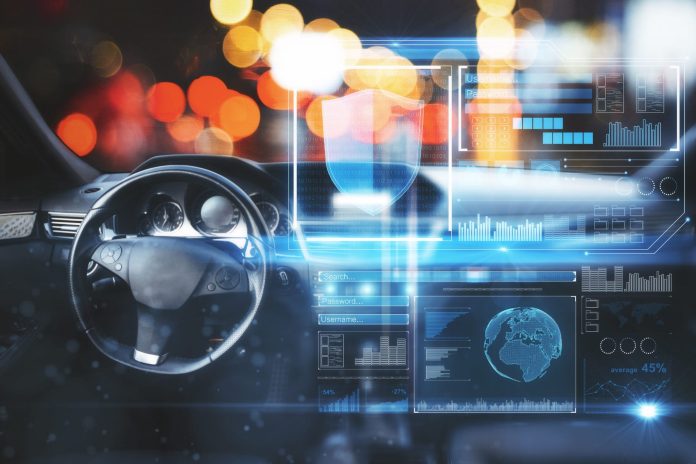ABI Research noted that applications such as lane centering, localization and location-enriched sensor fusion will see automotive digital maps expand out of the infotainment domain
Global revenues for intelligent speed assistance (ISA) and autonomous vehicle maps are forecast to surpass $500 million by 2027, according to a recent report by ABI Research.
The report also forecasts that over 47 million vehicles in circulation by 2027 will rely on digital maps to underpin active safety or autonomous driving applications. The report noted that digital maps are moving out of “infotainment” into uses including lane centering, localization and location-enriched sensor fusion.
“The uptake of digital maps outside of navigation and route guidance has been limited to date, so the European ISA mandate is an important catalyst for the location intelligence industry,” said James Hodgson, smart mobility and automotive principal analyst at ABI Research. “Future maps for autonomous vehicles will be quite different from legacy maps, in terms of their attribution, accuracy, and time to reflect reality requirements. Building and maintaining these maps will require a radically different curation approach, defined by crowdsourcing and automation of the pipeline.”
While road sign recognition systems that can read the content of speed signs have been widely adopted for many years, these camera-only systems exhibit certain weaknesses, especially in poor lighting or weather scenarios, ABI added. Approximately 60% of European speed restrictions are implied, the report said, meaning that there is no visible signage. “The need for maps in a resilient Intelligent Speed Assistance (ISA) system has blindsided some OEMs, particularly the requirement to maintain the maps that underpin the system to ensure accurate identification of the local speed restriction throughout the long lifetime of the vehicle,” Hodgson said.
ABI Research highlighted that both Ford and Volkswagen announced earlier this year that they would leverage Mobileye’s Roadbook map product to augment SAE “Level 2+” centering applications, while Mercedes-Benz has selected HERE’s HD Live Map to underpin their SAE Level 3 Drive Pilot.
The report also noted that many developers of autonomous vehicle software and services have also built mapping platforms in order to enable a user-generated mapping cycle.
“ISA maps will give automakers and map suppliers their first taste of building and maintaining this new breed of automotive maps,” Hodgson added. “It is key that OEMs do not regard ISA maps as a one-off nuisance, but as the beginning of a new era of location-enriched mobility.”

